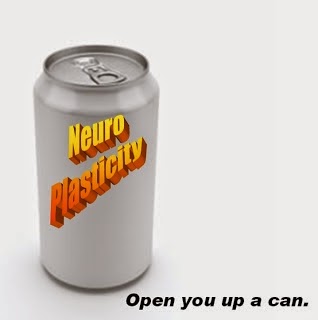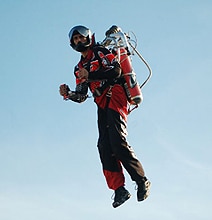Sticky Keys is an accessibility feature to help Windows users who have physical disabilities, but it is also used by others as a means to reduce repetitive strain injury (or a syndrome called the Emacs Pinky). It essentially serializes keystrokes instead of pressing multiple keys at a time: Sticky Keys allows the user to press and release a modifier key, such as Shift, Ctrl, Alt, or the Windows key, and have it remain active until any other key is pressed. In computing, a keyboard shortcut is a series of one or several keys that invoke a software or operating system operation (in other words, cause an event) when triggered by the user. The meaning of term "keyboard shortcut" can vary depending on software manufacturer. A longer definition comes from Wikipedia.
-- Sticky Keys
-- 2. Use the Keyboard Shortcut (and practice a little bit... :-)
-- 25 Basic Mac Keyboard Shortcuts
-- 15 Best Keyboard Shortcuts Ever (Mac & PC)
-- Top 10 Keyboard Shortcuts You Didn't Know About
-- 2a. Word
-- Word 2010: Keyboard Shortcuts
-- Office for Mac Keyboard Shortcuts - Word
-- 2b. Excel
-- Office for Mac Keyboard Shortcuts - Excel
-- Excel Basics #2: Keyboard Shortcuts
-- 2c. PowerPoint
-- Microsoft PowerPoint 2007 4 Using Keyboard Shortcuts
-- 60 Sec. PowerPoint ProTip » Repeat Action Keyboard Shortcut
-- 2d. Raw Text - Emacs or Vim or ...
-- RT 2011: Screencast 01 - Emacs Keyboard Introduction
-- The Editor of a Lifetime
-- Learn How to Use Vim!
- Eclectic Stuff: Many articles from many Guest Bloggers about Stroke
- Stroke Prevention: Not Glamorous, but More Effective Than all the High-Tech Tools We Have
- Recovery Depends on Neuroplasticity? Yeah...Not Entirely.
- Would a Jet Pack Enable You to Live Better? Our Next Tweetchat June 16th at 5pm BST!
- A Gold Medal for Speaking?
- Technology & Research are Key Helpings of Brain Food
- PoNS Inspired Therapy Update
- A Small Change is Still Change
- Whit Blog Holiday
- Weekly Columnists
- Caregiver: My Beloved has Gone Home
- The Murphey Saga: Condolences
- Musing: Does Your Doctor Know Who the Thought Leaders are in Stroke?
- Jester: Hairdryer
- TED Talks - Nicholas Negroponte: A 30-Year History of the Future
- Rick Mercer Report: Rick and Jann Arden on the CN Tower Edgewalk
- Laid-Back Admin: Guest Blogger & Tweets from @StrokeTattler
Saturday News | Future Topic
--------------+----------------------------------------------
Jun/06/2015 | Bicycle Sharing System or Repair Yourself or
Jun/13/2015 | Sexuality and Disability
Jun/20/2015 | Cavernous Hemangioma(Cavernous Angioma or...)
Jun/27/2015 | Solitude













































